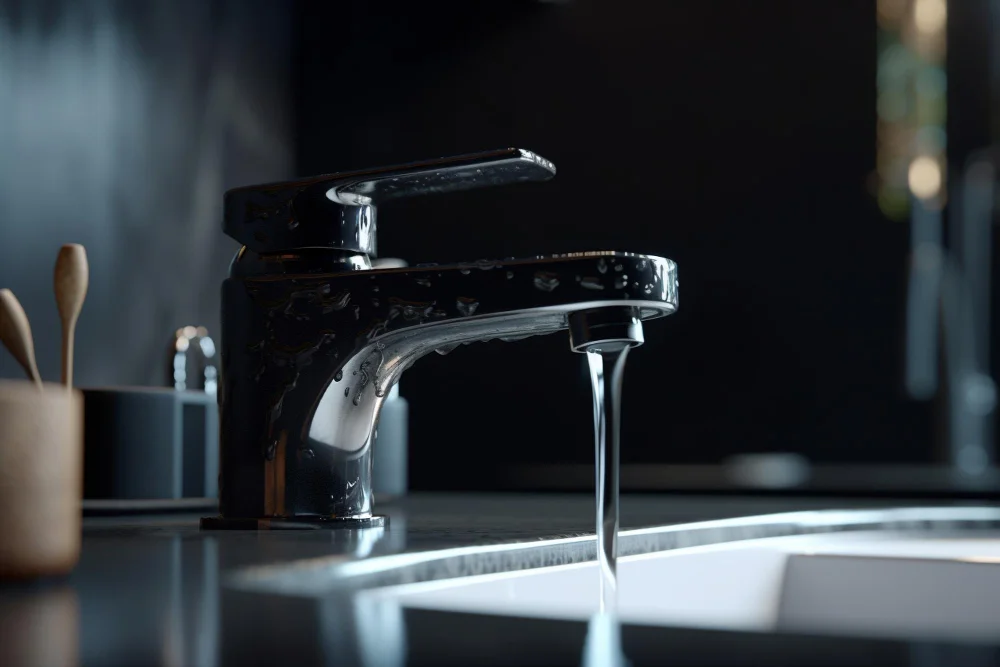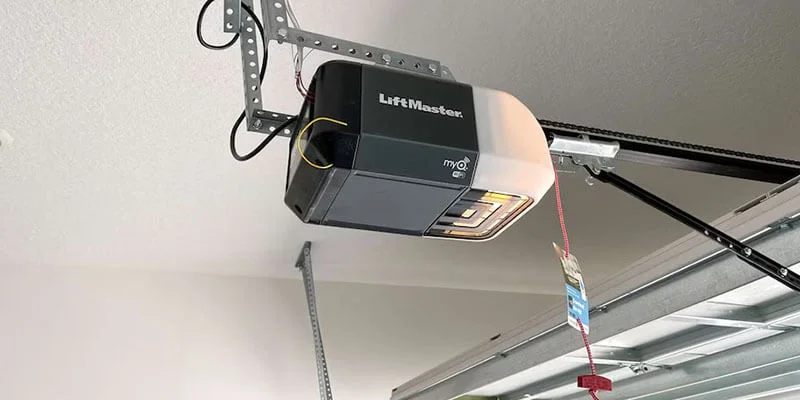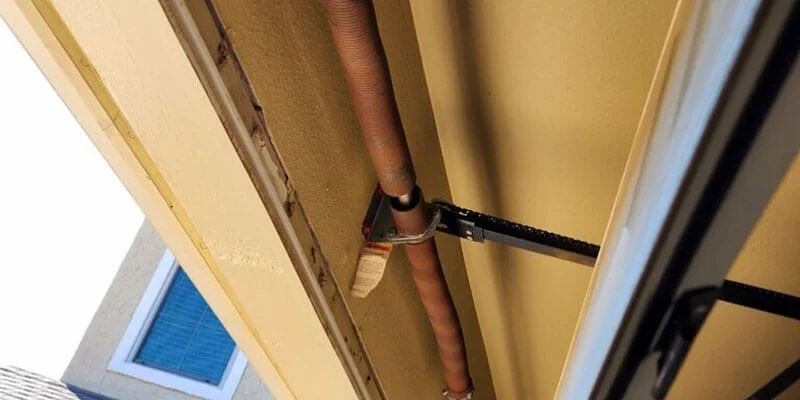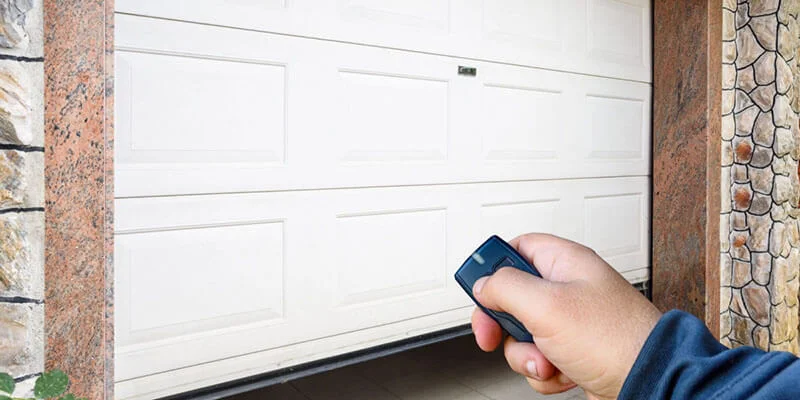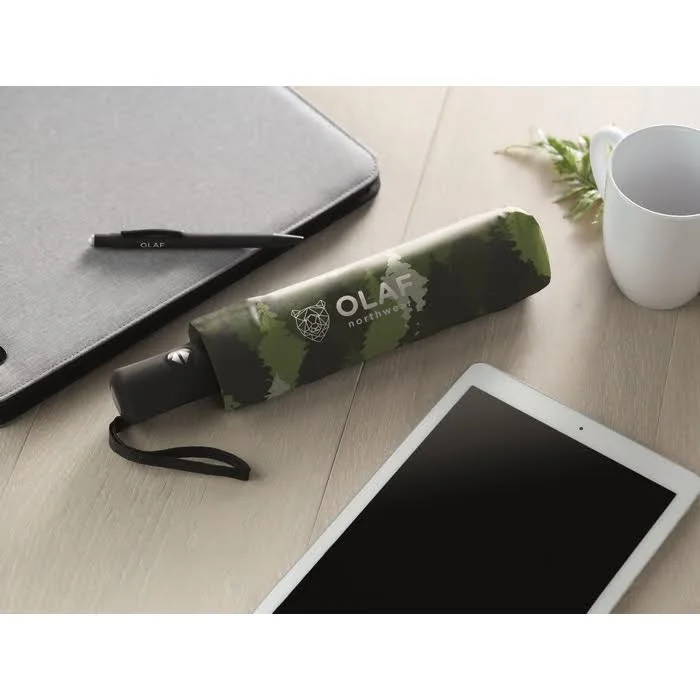Introduction: Embracing the Future of Bathroom Technology
In recent years, bathroom technology has taken remarkable strides toward enhancing convenience and promoting hygiene. One such innovation that has gained widespread popularity is the touchless bathroom faucet. This modern marvel combines sensor technology with a sleek design to revolutionize the way we interact with faucets. In this article, we will explore the advantages of touchless bathroom faucets, how they work, their impact on hygiene and water conservation, as well as practical considerations for installation and maintenance. Join us on this journey as we delve into the world of touchless bathroom faucets and discover the future of bathroom technology.
The Advantages of Touchless Bathroom Faucets
Touchless bathroom faucets offer several compelling advantages over traditional faucets. Firstly, they provide unparalleled convenience. With just a wave of the hand, the faucet is activated, eliminating the need to twist handles or adjust knobs. This hands-free operation is particularly beneficial for individuals with limited mobility or dexterity.
Secondly, touchless faucets excel in promoting hygiene. By removing the need for physical contact, they help eliminate the risk of cross-contamination in bathrooms. Traditional faucets can harbor harmful bacteria and germs, but touchless faucets minimize this concern, making them ideal for public restrooms, hospitals, and other high-traffic areas where hygiene is paramount.
How Touchless Faucets Work: Exploring the Sensor Technology
The heart of touchless faucets lies in their sensor technology. These faucets are equipped with infrared sensors that detect motion within their range. When a user’s hands enter this range, the sensor triggers the water flow. The sensor also detects when the hands are removed, automatically turning off the water. This intelligent system ensures water is used only when necessary, reducing waste and promoting water conservation.
Promoting Hygiene: Eliminating Cross-Contamination in Bathrooms
One of the key benefits of touchless bathroom faucets is their ability to minimize the risk of cross-contamination. Traditional faucets require users to touch them before and after washing their hands, potentially spreading germs in the process. Touchless faucets eliminate this concern, as users don’t need to touch any surface to activate or deactivate the water flow. This simple yet effective feature helps maintain a clean and sanitary environment, reducing the transmission of diseases.
Water Conservation: Saving Resources with Touchless Faucets
In addition to promoting hygiene, touchless bathroom faucets also contribute to water conservation efforts. Traditional faucets may unintentionally be left running, leading to unnecessary water waste. Touchless faucets address this issue by automatically turning off the water when not in use. Moreover, they often feature flow restrictors that regulate the water flow, reducing consumption without compromising functionality. By embracing touchless faucets, we can make significant strides in preserving our precious water resources.
Design and Aesthetics: Enhancing the Modern Bathroom Experience
Touchless faucets not only offer functionality but also enhance the aesthetic appeal of bathrooms. Manufacturers have embraced sleek and modern designs that seamlessly integrate with various bathroom styles. Whether you prefer a minimalist or a more luxurious ambiance, touchless faucets are available in a wide range of finishes, shapes, and sizes to suit your preferences. Their elegant presence elevates the overall look of the bathroom while keeping up with the demands of contemporary design trends.
Installation and Maintenance: Practical Considerations for Touchless Faucets
Installing a touchless bathroom faucet is a straightforward process, often requiring basic plumbing skills. Most touchless faucets come with detailed instructions, and many manufacturers offer online resources and video tutorials for guidance. When it comes to maintenance, touchless faucets generally require little effort. Routine cleaning and occasional battery replacements are usually sufficient to keep them in optimal condition.
Overcoming Challenges: Addressing Common Concerns with Touchless Faucets
While touchless bathroom faucets offer numerous benefits, there are a few challenges that need to be addressed. One concern is the initial cost. Touchless faucets tend to be slightly more expensive than traditional faucets due to their advanced technology. However, it’s important to consider the long-term savings in terms of water usage and improved hygiene, which can offset the initial investment.
Another challenge is the reliance on power sources. Touchless faucets typically require electricity to operate the sensors. This means that a power source, such as batteries or an electrical outlet, must be accessible near the faucet installation location. However, advancements in battery technology have made touchless faucets more energy-efficient, allowing them to operate for extended periods without frequent battery replacements.
There may also be concerns regarding the reliability and durability of touchless faucets. However, reputable manufacturers provide warranties and ensure their products are built to withstand the demands of everyday use. It’s important to choose a high-quality touchless faucet from a trusted brand to minimize any potential issues.
The Future of Bathroom Technology: What’s Next for Touchless Faucets?
Touchless bathroom faucets represent just the beginning of the ongoing evolution in bathroom technology. As we move forward, we can expect further advancements and innovations in touchless faucets. Manufacturers are continually refining sensor technology, aiming to make it even more accurate and responsive. Additionally, integrating voice-command features and smart connectivity may become standard in touchless faucet designs, further enhancing convenience and functionality.
Conclusion
Touchless bathroom faucets have transformed the way we interact with faucets, offering unmatched convenience and improved hygiene. Through their sensor technology, touchless faucets promote water conservation and eliminate the risk of cross-contamination. With their sleek designs, they also contribute to the aesthetics of modern bathrooms. While there may be initial challenges and concerns, the benefits of touchless faucets outweigh the drawbacks. As we embrace the future of bathroom technology, touchless faucets are poised to play a central role in creating more efficient, hygienic, and visually appealing bathroom spaces.





